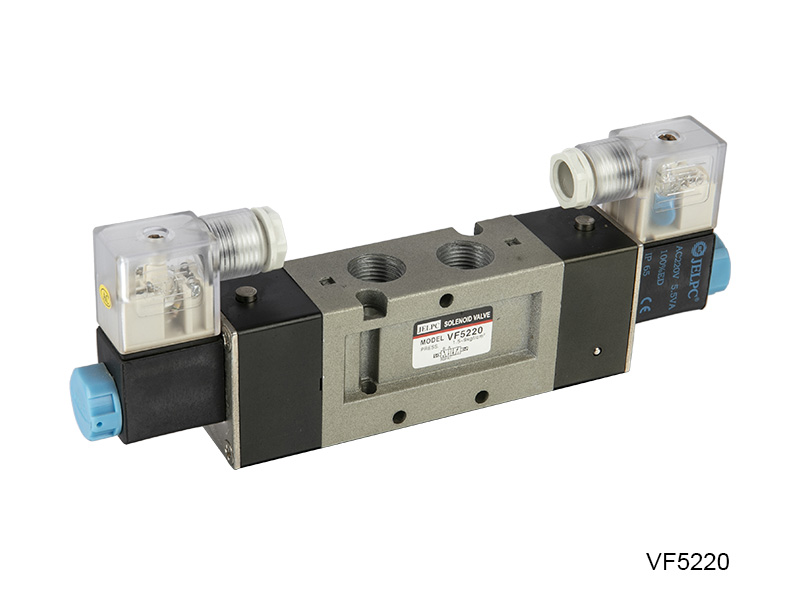On the basis of reasonable selection of solenoid valve, correct installation, use and maintenance are the guarantee of reliable operation of solenoid valve. But there are many types of solenoid valves and their uses vary greatly. Therefore, it is impossible to list the installation and maintenance methods one by one, and only some basic principles are discussed here for reference.
(1) Installation
Pay attention to the flow direction of the working medium during installation, and install it according to the flow direction indicated by the arrow on the valve body.
The power supply conditions should be consistent with the specifications on the solenoid valve nameplate, such as AC, DC, voltage level, power, etc. When driving through a control relay, it should be matched with it reasonably. The solenoid valve should be grounded for safety.
The solenoid valve is equipped with a spring, which can withstand a certain degree of vibration. It can still work normally if it is installed slightly vertically, but it should be installed in a place with less vibration as much as possible, and installed as vertically as possible.
When installing, pay attention to the sealing of the parts connected with the valve and the valve body to prevent leakage. When installing outdoors in workplaces with corrosive media, take necessary protective measures for the valve.
(2) Maintenance
For solenoid valves installed in new pipelines, the process pipeline should be purged before use to remove impurities, dirt, and welding slag in the pipeline to prevent the valve from being blocked or stuck.
During process shutdown, when the solenoid valve is not in use, the manual shut-off valve in front of the valve should be closed. If the shutdown time is too long, consider removing the solenoid valve for storage, otherwise the valve will be stuck inside the valve due to the serious fouling of the process pipeline. It is easier and more proactive to weigh the pros and cons to dismantle and keep it than to deal with failures when starting work.
It is also important to prepare the necessary spare parts. Since the structure of the solenoid valve is not too complicated, it is not too difficult to deal with failures. The following are some common faults, such as:
Power on but the solenoid valve does not work, check whether the wiring is normal, otherwise check whether the coil is broken.
The energized valve cannot be opened, please check whether the valve cover screw is loose. If this failure occurs after replacing the valve cover gasket, check whether the gasket is too thick, too thin, or the problem is caused by inconsistent screw tightness. Then check whether the valve plug is stuck. If there is a pilot valve, observe whether the pilot valve port is blocked.
The valve cannot be closed after the power is off. First check whether the valve plug is stuck and whether the valve port of the pilot valve is blocked.
The valve has been closed, but it can't close, there is still working medium leakage. Focus on checking whether the sealing gasket of the valve plug is damaged and whether the valve seat is loose.
